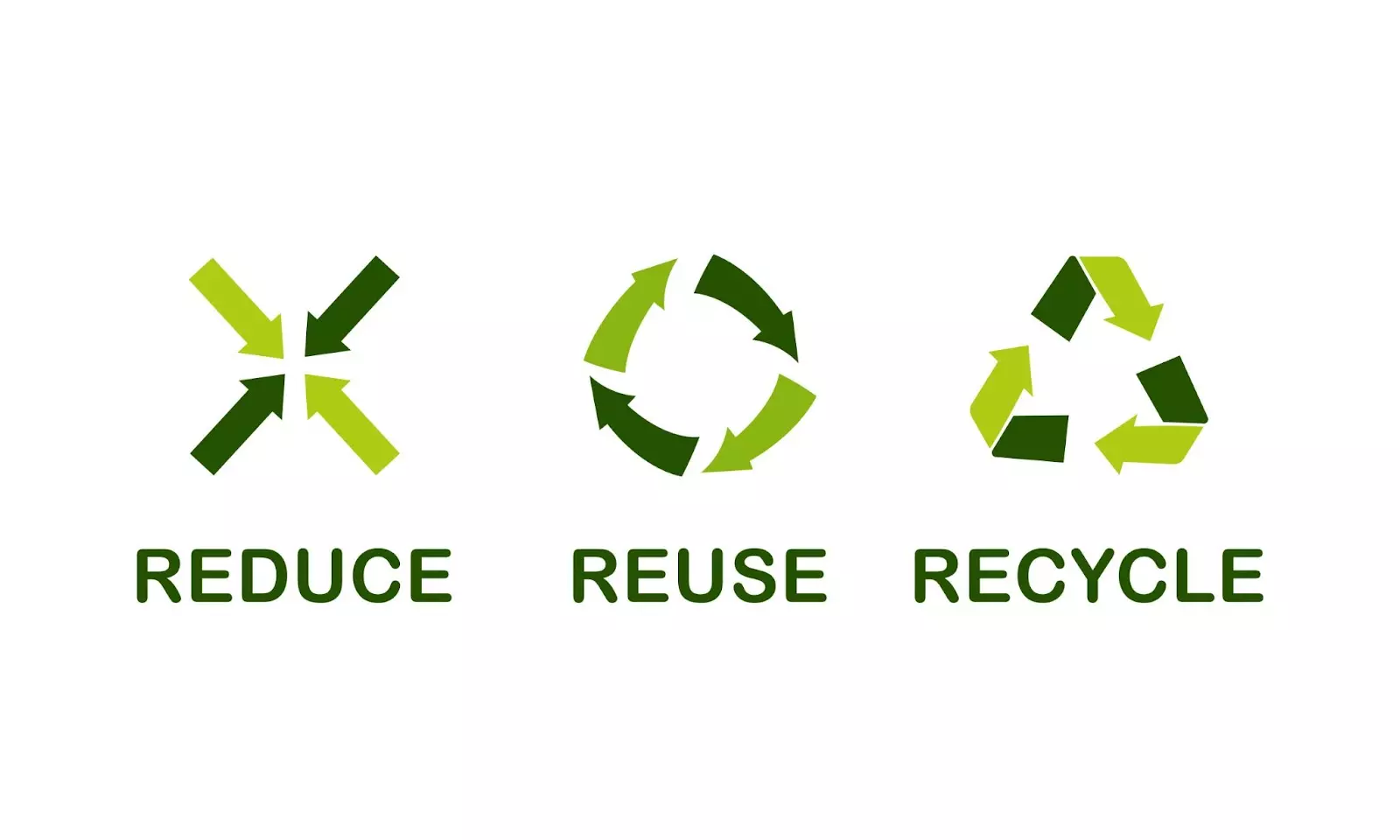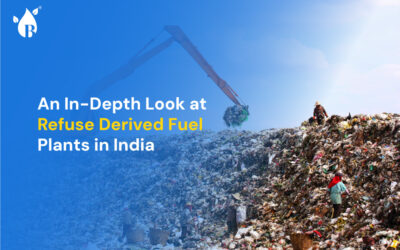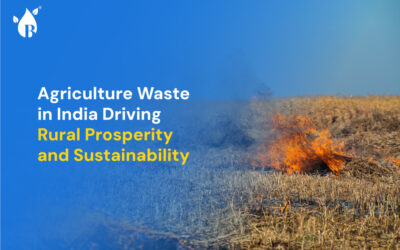
By 2030, garbage generation in India is anticipated to increase by up to 5 times. India collects waste at the household level. Most trash is transferred to landfills after part of it is recycled. Since wastes became relentless, priorities have changed. Technology advancements in recent years have made it possible to generate significant amounts of decentralized energy while also minimizing the amount of waste needed for disposal.
People are resourceful and inventive. An ideal saying, “Where there is a will, there’s a way” – deems the human mind, which will always find a way. The concept of Waste-to-energy is an ideal example.
What is Waste-to-energy (WtE)?
Waste-to-energy (WtE) — a centuries evolved solution to seek sustainability — seems to be super appealing nowadays. This is a cutting-edge method of waste disposal that is extensively known for lowering greenhouse gas emissions, especially methane, by removing emissions from landfills. NASA scientists discovered that landfills are major sources of methane emissions, a greenhouse gas that is 84 times more potent than carbon dioxide at causing global warming.
Waste-to-energy (WtE), sometimes known as Energy-from-waste (EfW), is the process of turning waste into a fuel source or producing energy from waste in the form of electricity and/or heat. This method is considered to be a form of energy recovery in several ways. Also, they certainly come with benefits like landfill reduction, alternative to traditional waste management methods.
To gain more insight, let’s understand how Waste-to-energy recovers energy!
Incineration burns waste directly and heat generated from it is used to produce steam which in turn powers via steam turbine. Fortunately, the leftover ash can be used as construction materials. In fact, this method is commercially well-established and widely used today. Gasification method decomposes feedstocks — biomass, agro-residues, Segregated MSW and RDF pellets — at limited oxygen supply in high temperature to produce synthetic gas, an enticing choice for thermal treatment plants. Pyrolysis breaks down combustion wastes with the help of heat alone produces combustible mixtures forms – solid, liquid, or gas, which can be used in industrial boilers. Fermentation and distillation method produces ethanol, while anaerobic digestion breaks biomass and produces biogas.
Though these methods look highly advantageous, they also come with inevitable consequences as said by several environmental activists and some stakeholders. WtE materials burned, except biomass, emit carbon dioxide which is equivalent to fossil fuels. If rigid waste separation method is not followed in WtE technology, it tends to destroy recoverable materials such as minerals, woods, and many more. WtE concept has the potentiality to stop people from performing impactful sustainable waste management ways of R (Reduce, recycle, and reuse)-strategies. Also, WtE plants have high maintenance costs and cause health impacts which cannot be ignored.

Winding Thoughts
Although it’s hard to consider this method as a part of the complete circular economy due to fundamental problems, one cannot forget its participation in waste management which gave a route to strive for technology innovations. Arguably, if people are aware about the fundamentality of waste concept, then WtE solutions can go hand in hand with sustainable development till another way is figured out as every single effort counts to reduce our dependence on fossil fuels to some extent. Something is better than nothing!
Transforming biomass materials into biofuels is starting to gain momentum in recent years is a arguable point as well. The Indian government promotes and provides financial incentives under the National Bioenergy Programme to set up WtE plants. Also, GOI mandates 10% co-firing biomass in industries shows this ideology still is on run and has a long way to go.
We at Buyofuel took this ideology and turned it into an entrepreneurial venture concerning the future of fuels. Want to know more about us? Explore our website.



